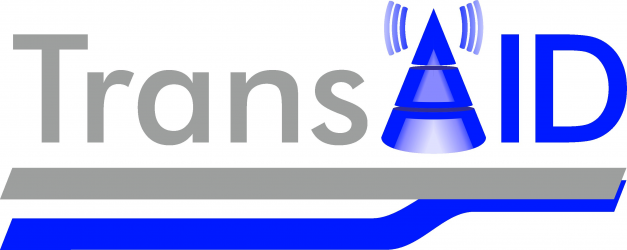Improved traffic quality
Automations in the processes of vehicular traffic hold a big potential for improvements in terms of traffic safety, traffic efficiency, and pollutant emission reduction. Nowadays these factors are directly and primarily related to the human behaviour of the traffic participants. In many situations human performance is surpassed by automatic or semi-automatic processes (as imaginable for the case of longer reaction times, ignorance of variable speed advisories, and lack of cooperation and driving precision).
The hierarchical approach of TransAID directly improves traffic safety and efficiency as the movements of all vehicles are monitored, and local sensor data and even individual goals are shared. This data is used to generate optimised and coordinated progression plans for each of the vehicles, with different granularities depending on the individual vehicle equipment.
Owing to the elevated levels of pollutant emissions during acceleration phases an important general effect of a smoother traffic flow is the reduced emission of pollutants. Although TransAID’s research is not primarily focussed on emission levels, it aims to assure a smooth flow in future traffic situations at Transition Areas and thereby induces reduced pollutant emissions as a desirable side-effect.
Innovative traffic management and intelligent vehicle communications
The scientific activities of TransAID advance the current research on influences of ITS on traffic efficiency and safety. The research focuses on the most sensible situations in Transition Areas where vehicles and human drivers exchange control. It contributes to an extended practical understanding of challenges and opportunities related to the introduction of the interplay between automated driving, connected driving, and intelligent infrastructure systems.
TransAID performs advanced simulations by coupling together the latest available tools for traffic and communication simulation. It enhances the tools where needed and releases the resulting platform with special consideration of usability, under an open-source license. The availability of this platform is expected to have a catalytic impact on ITS studies, as it facilitates the realistic exploration of V2X techniques. A major part of the work of TransAID is also the design and experimental implementation of novel traffic management strategies, which employ procedures involving vehicle information sharing, centralised coordination, and triggering of advanced automation manoeuvres.
Novel V2X messages and protocols are tailored for the proposed procedures building upon the European standardisation results of the C-ITS Release 1 provided by ETSI and CEN/ISO. This activity aims at a contribution to the upcoming C-ITS Release 2 supported by the European Commission Rolling Plan for ICT Standardisation. The proposed systems are also directly transferred to real-world prototypes of traffic management systems, road infrastructure, and connected/automated vehicles. Since the lessons learned from simulations and field studies are directly transferred into a guideline for future systems, the design and engineering of such systems is supported.
Support of stepwise introduction of road automation
TransAID investigates different shares and mixtures of conventional, connected, and automated vehicles. This clarifies the steps needed during a gradual introduction of increased automation in road traffic and signalling. Corresponding to this perspective, not only communication infrastructure to guide automated/connected vehicles is considered, but also conventional vehicles and other road users are taken into account so that they are not negatively affected. The project presents the related results as guidelines and a roadmap for the introduction of the proposed systems, serving as informational material for policy makers and industry.
TransAID aims at contributing to the user appreciation of automation systems. By focusing the research on Transition Areas, where automated driving is supposed to show the biggest negative impact, and by tangibly improving the traffic safety and efficiency for everybody, user appreciation are expected to be improved. Additionally, automated and connected systems are promoted, as their behaviour is optimised more individually. Furthermore, the impact of the proposed traffic management measures is demonstrated in detailed simulations and the feasibility and behaviour of real-world prototypes is shown in field operational tests, making it possible for reviewers and stakeholders to personally experience the impact, which drastically increases the awareness and endorsement by policy makers and road authorities.
Road authorities and planners are not only supported by informational material, in the form of guidelines, but also via the provision of an open, integrated simulation platform representing a valuable tool for simulating and evaluating a road design that includes intelligent infrastructure and connected vehicles. The developed open-source platform allows for the assessment of central aspects of the future urban traffic.
Notable the production of devices for communications between automated vehicles, between automated and conventional vehicles, and between automated vehicles and road side units, represents an economical field with considerable growth potential. TransAID proposes a number of novel solutions for mixed traffic coordination, involving these technologies and thereby opening up new opportunities for their application and commercialisation.

